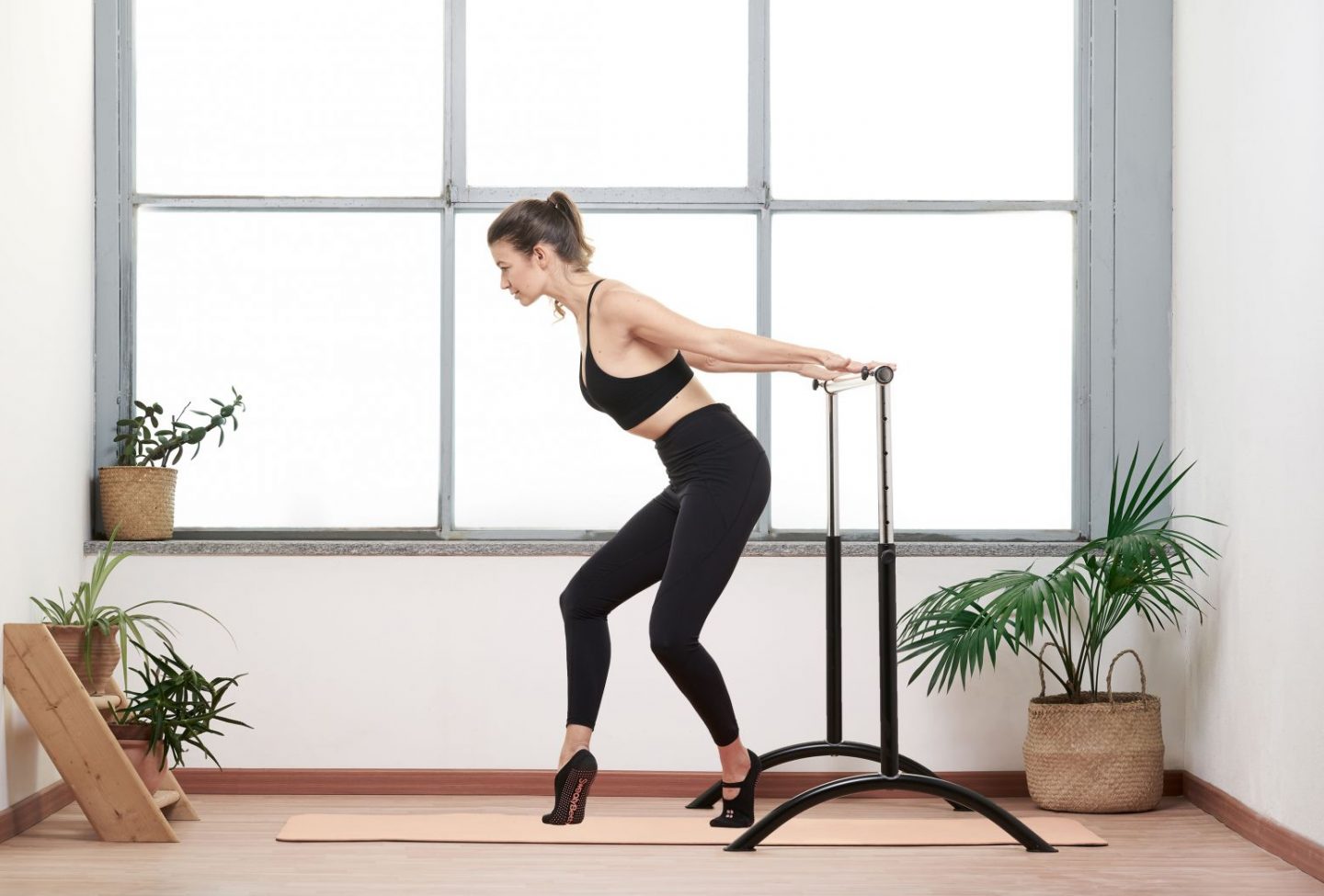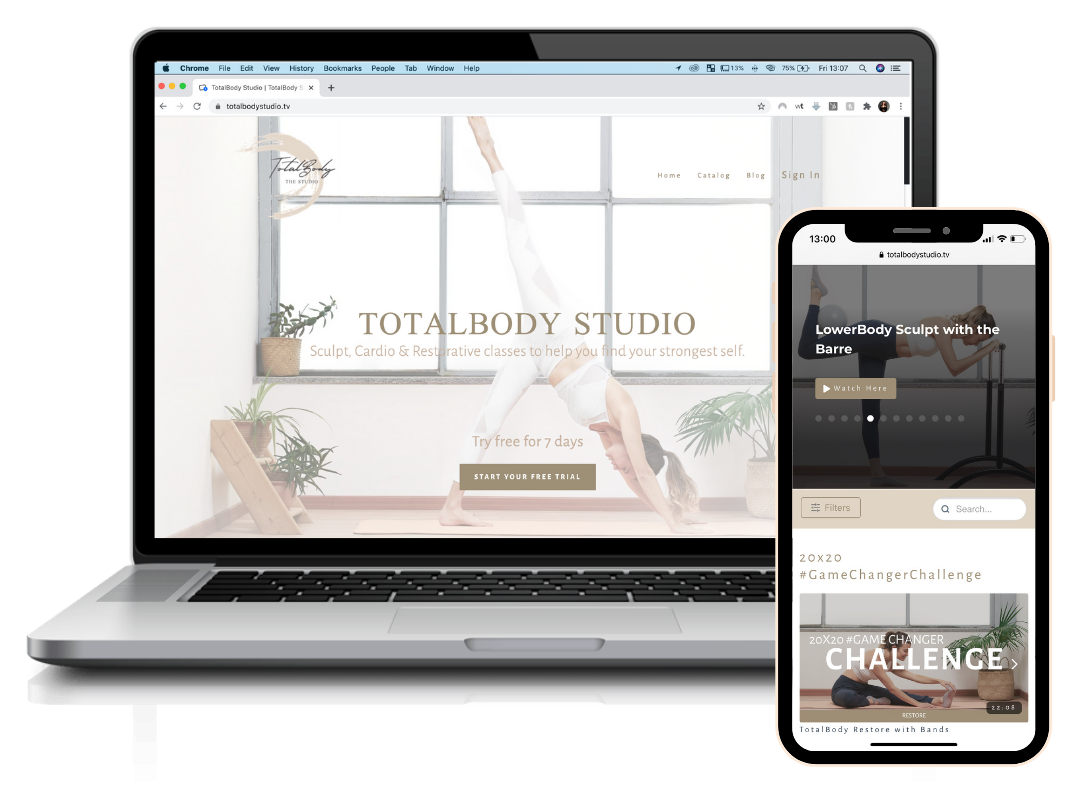
Barre is an up-beat, whole-body workout that’s great for everyone, from beginners to pros. An all time favourite amongst models and celebrities, each class helps to build alignment, improves stability, tone and elongate muscles.
Barre combines the best of the best: the core strength of Pilates, the mindfulness of yoga, and the high intensity of strength workouts, packed into a mix of positivity and shaky muscles. Think of it as a workout offering all the body definition of a ballet dancer, without attempting a pirouette.
But what exactly can Barre do for the brain? Only because it isn’t sweating don’t think even for a second that your brain isn’t working just as hard as your booty; coordinating the movements, remembering the different exercise sequences and flows, responding to technique cues and motivating you to hold the position through the burn!
As a barre instructor I see this wonderful mind-body connection first hand on my focussed students faces.
A study conducted by A. Einstein College of medicine in NYC wanted to see if any physical or cognitive recreational activities influenced mental acuity. Through their research they discovered that some activities had a significant beneficial effect, especially the ones involving coordination and remembering a sequence (like dancing). “Dancing increases cognitive acuity in all ages,” says Richard Powers who is an instructor at Stanford University’s Dance Division. And that’s why it has been found to be a potent way to stay not only physically fit, but mentally agile as we get older. Dancing integrates several brain functions at once — kinesthetic, rational, musical, and emotional — further increasing our neural connectivity.
Choreography of any kind can be challenging and the ballet element to barre demands that your brain is really switched on so you can respond quickly and accurately to instructions.
Because barre is high energy and moves rapidly, the mind needs to work hard to adapt and find position to keep up the pace. Barre requires body awareness and that means that your brain is tapping into what your body is doing. You might hear your barre instructor remind you of technique cues such as not slouching over the barre, not losing abs engagement, or keeping the alignment in the hips, knees and ankles. All those adjustments are not just physical work: they require the brain to send signals so that the correction can not only be made, but then maintained. This is mindful movement: a deep consciousness and connection to your body.
You might be thinking that mindfulness is a practice which involves only sitting down quietly to meditate. Actually mindfulness is the ability to be fully present in the moment and since barre requires your brain to remain intensely focused on each small movement, it is in fact a sort of meditation in motion.
We all know that exercise, in general, helps to reduce stress, but whereas yoga quiets the mind and HIIT gets it all out, barre sits somewhere in between. Barre is a mental challenge, as each movement requires a level of mental strength to stay engaged which help build mental resilience. Research has shown the combination of pilates and yoga specifically (which is ultimately what barre is) improve mental clarity and keep you thinking positively.
You know how after a barre class you feel simultaneously exhausted and exhilarated? Your muscles are quivering with fatigue, but you also kinda feel like a superwoman? That euphoric feeling is thanks to another incredibly clever interaction between mind and body: the release of endorphins. Endorphins are chemicals that are triggered by the body during physical activity that interact with receptors in the brain, reducing your perception of pain and producing a positive feeling – a rush – in the body. It’s one of the things that has us coming back for more even though we know what our glutes are in for!

